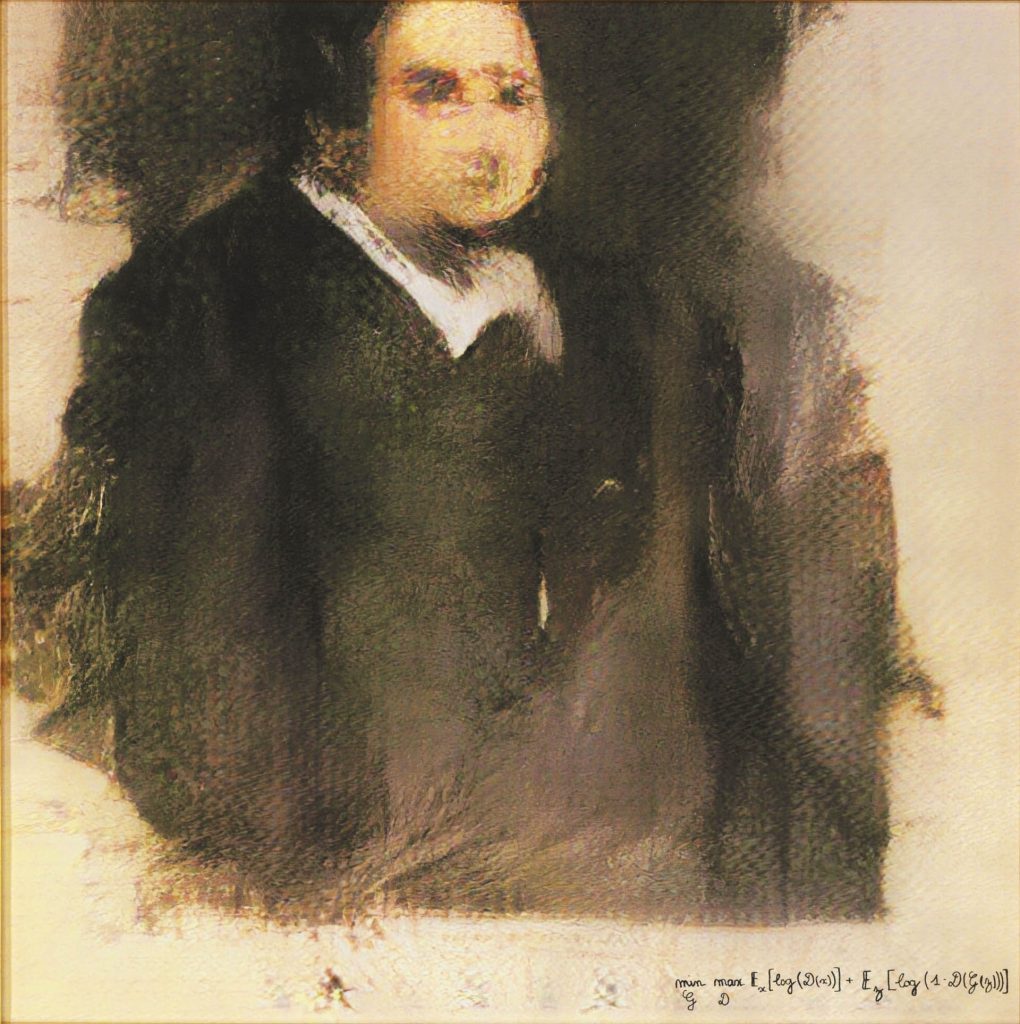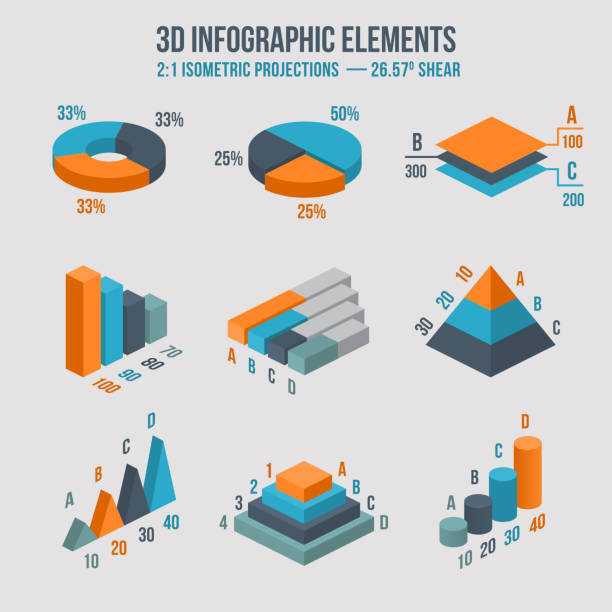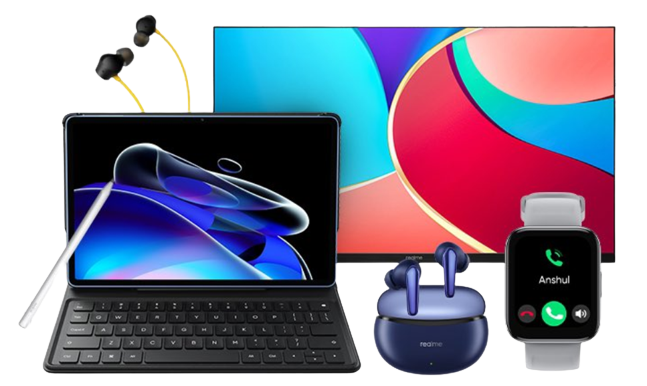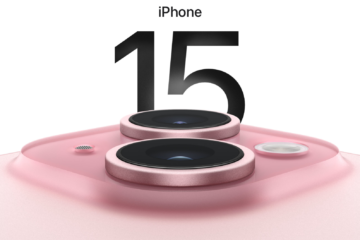With technological advancements, much manual human labor has already been automated. With current breakthroughs in artificial intelligence, Al is expected to take over more human skills, including creative and artistic abilities. First let us ask ourselves a question, what is art? Well, a quick google would give us the definition saying,
“Art is the expression or application of human creative skills and imagination typically in visual form such as painting and sculptures, producing works to be appreciated for their beauty and emotional power.”
Notice the word human is highlighted. That’s because that is about to change.

The Birth Of An Idea – 2015
Back in 2015, AI could label real-world objects correctly and express them in human-readable natural language. So, a group of researchers thought why not have a system that takes the natural language as the input and produces a piece of art as the output?
Cornerstone Paper – 2016
In 2016, a paper published by Elman Mansimov, Emilio Parisotto, Jimmy Ba, and Ruslan Salakhutdinov titled “Generating Images from Caption with Attention” explored this possibility in which they posted a blob of pixels produced by AI and said, in the future, AI would be ably capable of producing these images. The goal of this project was to create something that does not necessarily exist in the real world. Else it would be no different from the regular Google search. And guess what the future they talked about has already arrived. You can access the GitHub repository here.
AI Portrait-2018
On 25th October 2018, the “Portrait of Edward Belang” created by GAN (Generative Adversarial Network) went under the hammer for a whopping $432500. Personally, this could give me nightmares from the hell.

Source: Creative Commons
Where Are Things Today? -2022
Fast forward to August 2022, Jason M. Allen, a game designer who lives in Colorado, won first place in the emerging artist division’s “digital arts/digitally manipulated photography” category at Colorado State Fair Fine Arts Competition. This winning image titled “Theatre D’opera Spatial” (French for “Space Opera Theatre”) was made with Mid journey- an artificial intelligence system that can produce detailed images when fed with written prompts. Personally, I feel this is spectacular work.

Source: Wikimedia Commons
You Must Be Wondering How AI Builds These Paintings.
It does so by using mathematical models wherein its makes use of variables to define the dimensions to perform the feat. When we look at the moon on a full moon day, we see a beautiful celestial body that takes most of the night sky beautifully dimming the stars around it. But the computer is not able to see all this. It views it in the binary that defines the colors of the object, its roundness, and other attributes which it then stores into the variables.
Another example is if we have 2 boxes, one black, and the other white. They’d be placed at the extremes of the spectrum and the grey color would fall in the middle. But how would we differentiate two objects of the same color? Say a green ball and a green box. Here we would employ yet another variable to hold more data to differentiate the objects. A ball would have the property of roundness, for which the box would have a value of 0 i.e., having edges and corners with no roundness. This makes our model 2 dimensional already. Some computer models employ around 500 variables/dimensions to create these breathtaking images. A number is so vast that our brains cannot even comprehend them. So, every point in this vast spectrum has a story to tell, a beautiful accident could happen.

Source: iStock
So, if we want our AI to create beautiful landscapes, we feed it with hundreds of thousands of images of landscapes in various colors and angles. Similarly, to create a portrait, we provide it with huge volumes of images of focus. An AI model trained to create landscapes would create terrible portraits. So is the nature of AI.
My Thoughts
This might be true that the AI could create these stunning images as acceptable as humans. This doesn’t put the creative art industry into the coffin. If anything, this sets the human mind free from traditional beauty. Free to explore new boundaries, explore new ideas that we were afraid to explore before. This might result in a beautiful accident that might provoke an inspirational piece of art never seen before, an art that is admired by people across the world for times to come. An art that can truly be a masterpiece.



